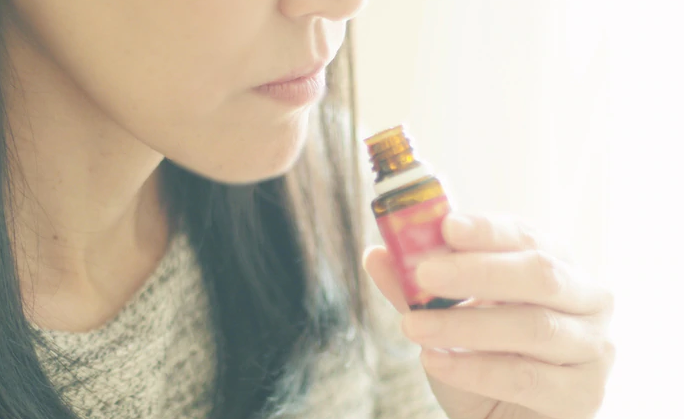
Cannabis and Endometriosis: What the Research Says
Endometriosis can be a painful condition for women, exacerbated by the fact that there are different treatment options and no real cure. For chronic conditions such as these, managing symptoms while trying to live a normal life can be incredibly difficult. Although it can affect women across demographics, it tends to be most common in women between the ages of 20 and 30.
The main symptoms of endometriosis include moderate to severe pelvic pain, period pain, as well as difficulties in passing stool. Dealing with endometriosis is challenging since women experience symptoms differently. And while there are many treatments on the market for it, it can be difficult identifying the right one. However, cannabis is one of the newer options to emerge for treating endometriosis and associated pain. There is a great deal of research that shows its benefits, and women across age groups have turned to it to manage their condition more effectively.
HOW CANNABIS CAN HELP WITH ENDOMETRIOSIS
One in 10 women is affected worldwide with endometriosis currently. Women are now proactively seeking out alternatives to the market, and cannabis has been one of the primary alternative therapies women with endometriosis have chosen to pursue.
To understand the role of cannabis in this context, it is important to take a step back. Human bodies have an endocannabinoid system (ECS) concentrated mostly in the uterus, comprised of CB1 and CB2 receptors. Women with endometriosis have a deficiency of CB1 receptors, and treatments that activate CB1 receptors like medical marijuana are a boon since they provide pain relief without unwanted side effects.
This theory has to lead to further medical studies to better understand pain relief and cannabis. Clinical medical professionals from UCSF lead an influential 2011 study that confirmed the ability of cannabinoids to reduce pain, especially if used alongside other treatments. Additionally, cannabis has been known to reduce inflammation as well.
These different properties have lead a small but growing number of doctors to believe that it could potentially help in slowing down uterine growth tissue outside the uterus, which is a primary sign of endometriosis. The current opinion is that cannabis could help in bringing the uterus back to a more normal state, and this is currently being explored further.
DEALING WITH THE MENTAL AND PHYSICAL EFFECTS
Endometriosis is a physical disease, but it also brings on a lot of mental health challenges for patients. The debilitating pain and uterine issues lead to many patients suffering from anxiety and depression caused by it, and cannabis can help patients better deal with these lingering mental health effects.
More and more patients are finding that cannabis can help them deal with the physical effects, which also bolsters their mental health. For example, patients found that introducing cannabis as a treatment option was, "life-changing," adding that "it meant I wasn't in so much pain and could get up and do stuff."
But while these theories are being explored, there is a growing number of women affected by endometriosis who support cannabis and its role in pain management. Prominent endometriosis patients have written about their own experiences of managing pain with cannabis and find that while it does not eliminate pain completely, it reduces it a great deal. This is especially so for women who suffer extreme pain, since it is a far more natural (and safe) alternative to taking higher doses of painkillers.
The introduction of cannabis as an alternative treatment option has the potential to change the landscape of the ways patients deal with endometriosis, as the research shows. Adults dealing with the condition have been able to effectively manage their symptoms, alleviate the mental health effects while finding an alternative for pain reduction that provides consistent results, which can often be difficult for sufferers of chronic conditions.


